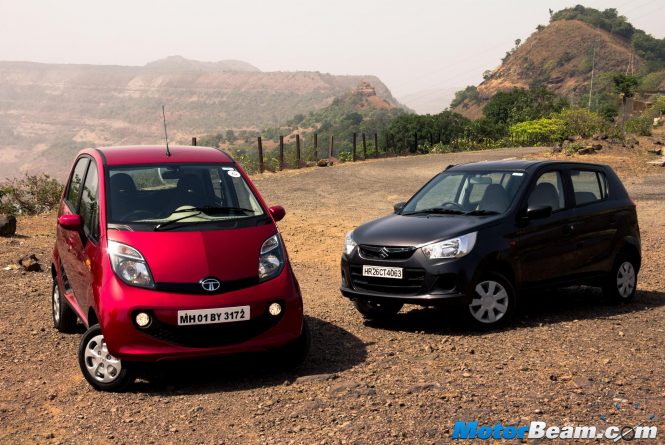The Government of India charges excise duty for cars based on the vehicle length and engine capacity.
India’s thirst for automobiles grew substantially this decade and the process of quenching the thirst is still on. The launches have been so aggressive that manufacturers have literally created micro-segments (segments within the segments). We appreciate the manufacturers for understanding the market and launching global as well as India-specific models. At this point of time, the pricing has become so marginal that by stretching the budget by Rs. 50,000/- a customer can actually buy a higher segment vehicle.
It is well known that about 70% of the car sales come from the < Rs. 10 lakh market and all the segments are well over-crowded. Previously there were just SUVs, sedans and hatchbacks and no compact SUVs or compact sedans. Now the hatchback segment itself is divided into four sub-segments namely entry level, mid, high and premium. As explained, the difference between each segment (in terms of price, features, size, etc.) is minor which actually looks pretty clumsy; however we feel that something pertaining to the product line-up can be done (by the government) such that they are well differentiated.
There are several advantages if the cars are available for a relatively lower price.
Advantages Of Lesser Tax
1) Lesser price will lead to more sales ; more industrial output
2) More sales will lead to more tax collection (taxed can be coped up from volume)
3) Smaller engine means more fuel economy ( dubbed as mileage)
4) Smaller engine means lesser pollution
5) Smaller cars means lesser road occupancy ; less congestion
Major automobile manufacturers already have powertrains and vehicles belonging to the below category; which means implementation of the below proposal would not call for any new development from the industry. It should be understood that there is no harm in introducing new norms keeping market and socio-economic conditions in mind. After all the proposal is a win-win situation for all (government, automobile manufacturers and customers).

